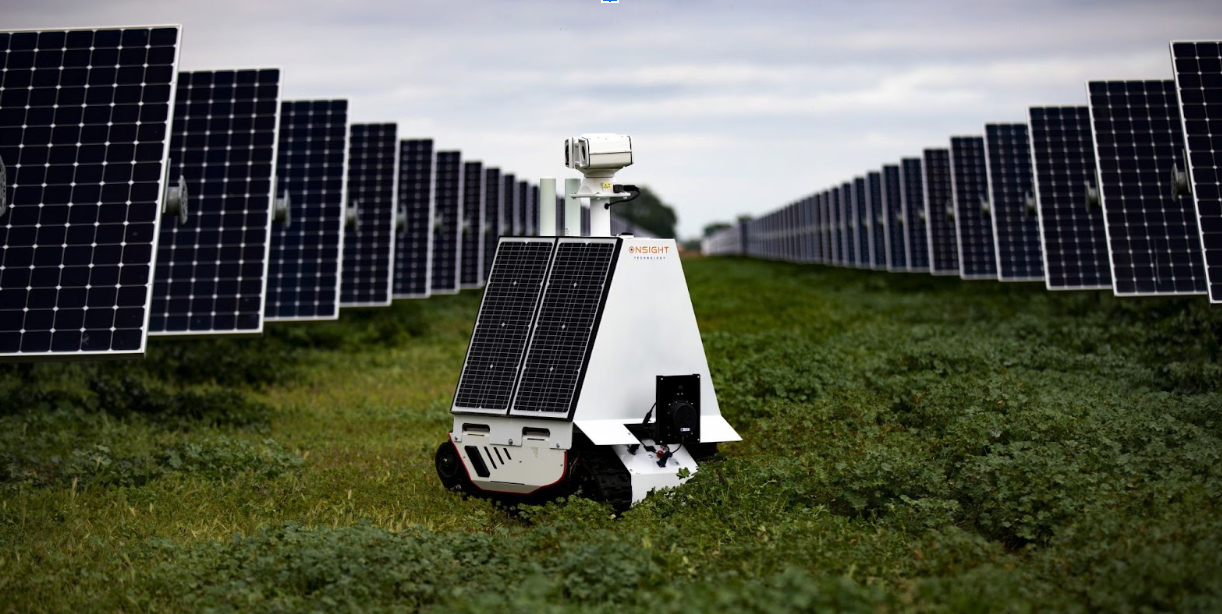Business applications of robotics are accelerating at pace. Whether they’re picking strawberries on farms, inspecting underground mines or mapping the ocean floor - autonomous robots are being used to automate the physical world. And that’s transforming operations everywhere.
This means there’s never been a better time to build or sell robots. But you can’t just build a robot, set it free in the wild, and expect it to work seamlessly in any business. Powerful software is needed to designate jobs to robots and integrate them with existing systems.
Some robotics companies choose to build this software in-house. But there’s another option that’s growing in popularity - buying an off-the-shelf robot operations platform. Both approaches have pros and cons, but there are many misconceptions when it comes to building your own.
Let’s debunk a few of them.
Myth #1: Building a robotics platform will future-proof your business
One of the biggest motivators for building robot operations software in-house is the desire to future-proof your business. You want to have full control over the platform’s direction and the ability to add new features as required - that’s understandable.
But it’s often underestimated how much flexibility an off-the-shelf robotics platform can offer. Some platforms are highly customizable, and serve as a technological foundation for you to build on top of as your product develops. It all comes down to your choice of vendor.
Myth #2: Building robotics software in-house is more secure
Security is a major concern for any business planning to build or implement robots. Robots are vulnerable to a wide range of threats, from physical interference to distributed denial of service (DDoS) attacks. The consequences of a breach can be serious, especially if humans and robots are working in close proximity.
And as more connected devices are introduced to enterprise systems, such as IoT and robotics, many forms of cyberattack are on the rise. Cisco estimates that by 2023, the annual number of DDoS attacks worldwide will be approximately 15.4 million.
With this in mind, some companies opt to build a robot operations platform in-house so they can have more control over security. But this means you need to invest in a permanent security team to constantly scour the threat landscape and reinforce your defences.
If that’s not feasible, purchasing a third-party robot operations platform that’s already monitored by experts could be the more secure option.
Myth #3: Building a robotics platform is more affordable than buying
The DIY approach might save you money when renovating your kitchen, but that’s not the case with software. Building a robot operations platform takes a huge combined effort from designers, mechatronics engineers, cloud architects and frontend and backend developers.
That adds up to a big hole in your wallet. We estimate that the cost of a custom-built robotics platform is more than half a million dollars.
Conversely, buying a platform can often be done on a subscription basis. This means you don’t have to sink a huge amount into upfront costs. And if the solution isn’t right for you, it’s easier to back out then it is to recover from the cost of a bad in-house build.
Arm yourself with information
Of course, there are benefits to the build route as well, depending on your business requirements. A significant part of your decision is likely to be based on competitive advantage - and whether you see the software as a key differentiator for your business.
Whatever your situation, the decision to build or buy a robot operating platform won’t be easy - there are many critical considerations that should be weighed up.
If you’re still on the fence, we’ve put together a free ‘Build vs Buy’ eBook to help. It’s a deep-dive into the pros and cons of each route. We hope you find it useful for accelerating your robotics journey.




%201.png)